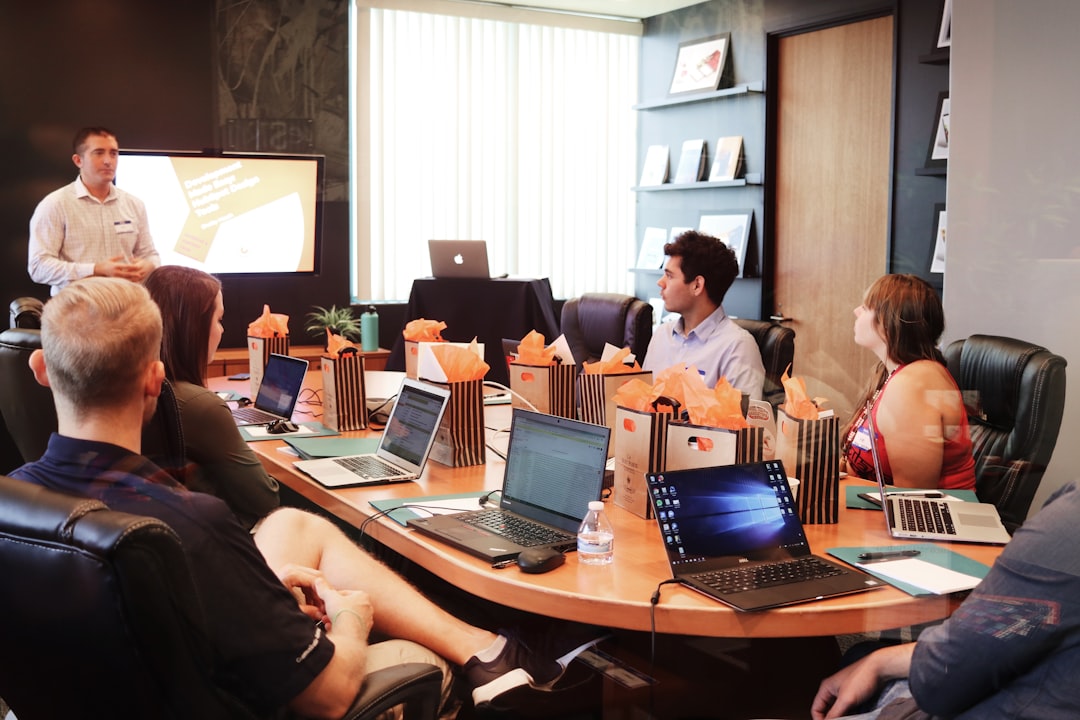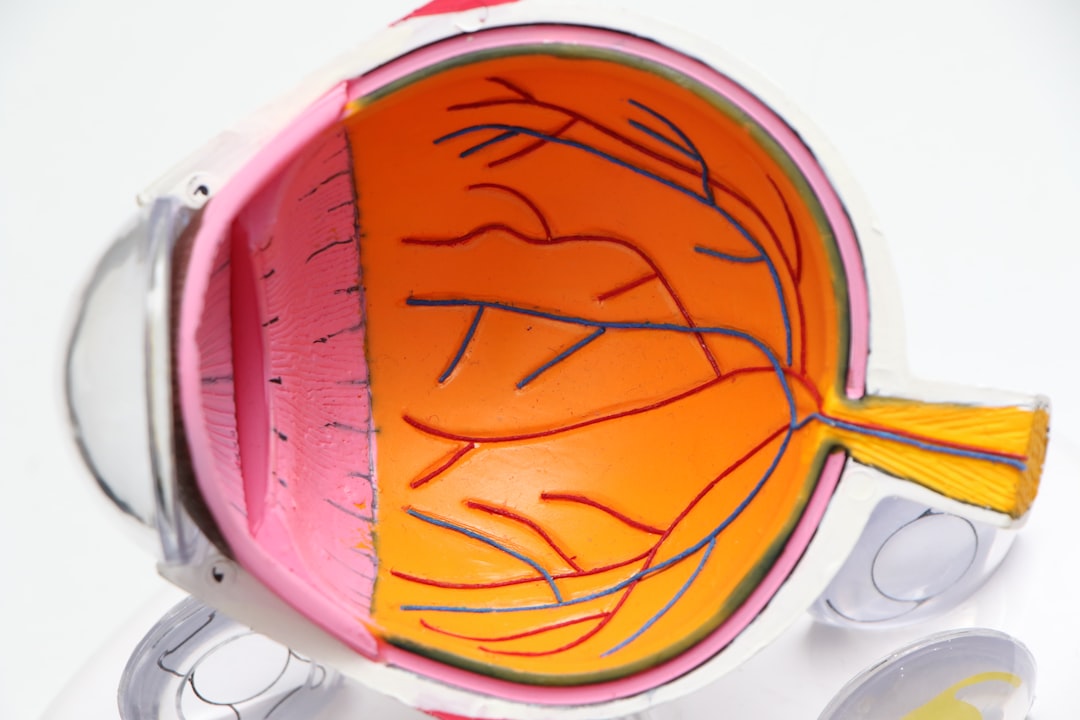What is it about?
Music has been used in the treatment of speech sound disorders in adults and children for decades. In this paper we introduce a treatment that combines speech therapy and music therapy to support and improve speech production in children with childhood apraxia of speech. In this treatment approach, new melodies are composed to support speech production. This allows for the selection of highly personal items, such as names of family members. The first case study, described in this paper, showed that speech production of a five year old boy improved after treatment. This had an effect on his speech beyond the items that were practiced during treatment. His intelligibility in daily conversations increased and his parents reported he was more confident when speaking.
Featured Image

Photo by Kelly Sikkema on Unsplash
Why is it important?
Children with childhood apraxia of speech struggle with being understood by others. This can lead to problems in learning at school and in social situations. With this treatment the aim is to improve intelligibility, through using personally relevant speech targets. These can then be used immediately in situations outside the therapy sessions. This paper showed that this boy’s speech improved beyond items that were trained. This lead to improved intelligibility in daily conversations, which will contribute to his full participation in society. That makes this treatment a promising option for children with childhood apraxia of speech. Further research is necessary to determine its effectiveness in different groups of children with childhood apraxia of speech.
Read the Original
This page is a summary of: Speech and Music Therapy in the Treatment of Childhood Apraxia of Speech: An Introduction and a Case Study, Journal of Speech Language and Hearing Research, August 2023, American Speech-Language-Hearing Association (ASHA),
DOI: 10.1044/2023_jslhr-22-00619.
You can read the full text:
Contributors
The following have contributed to this page










